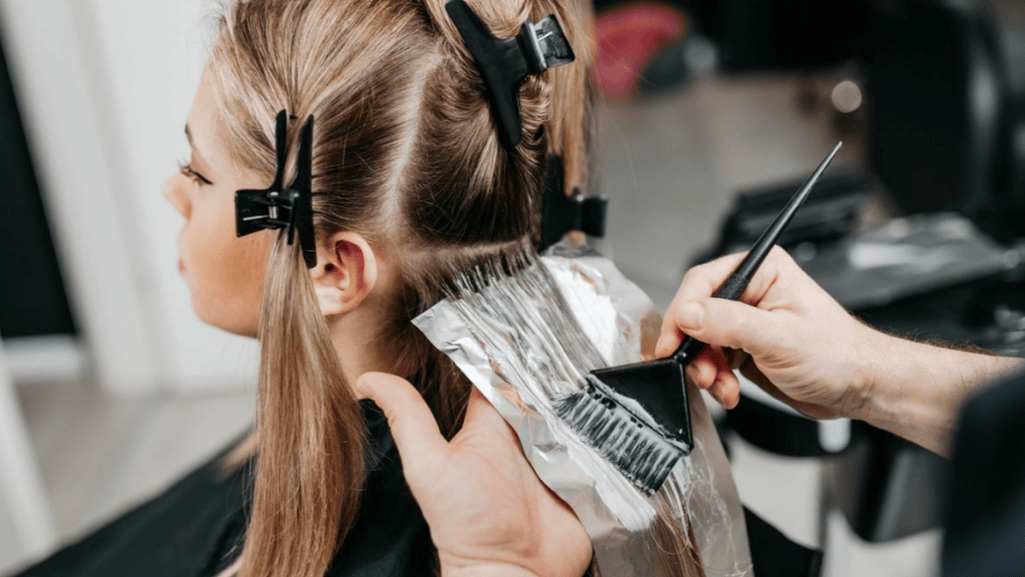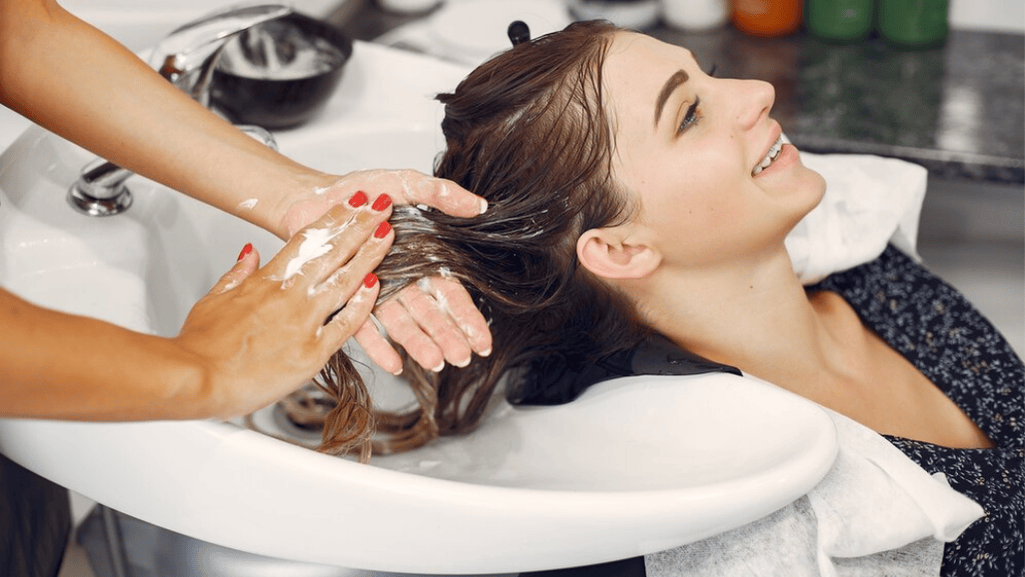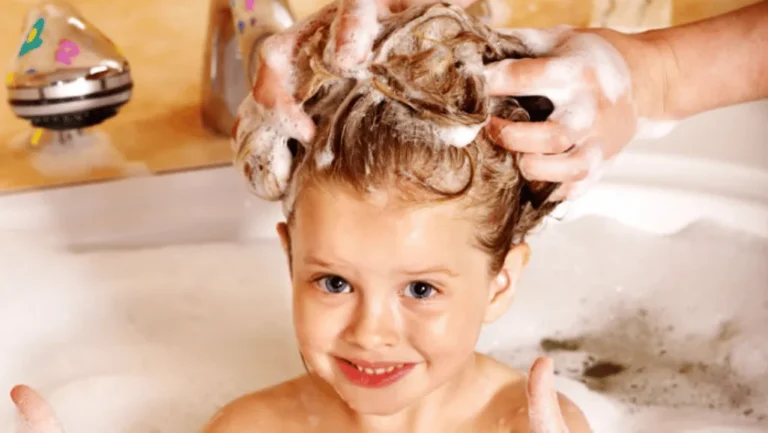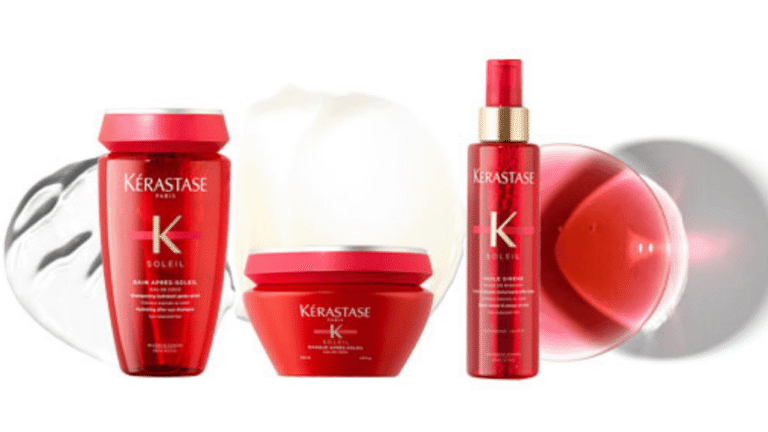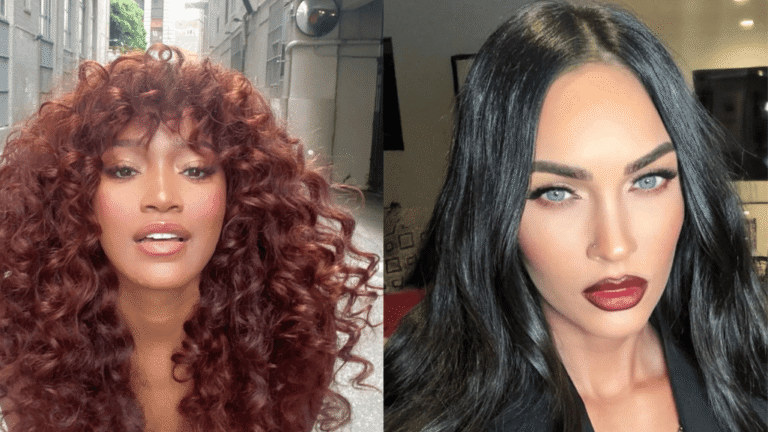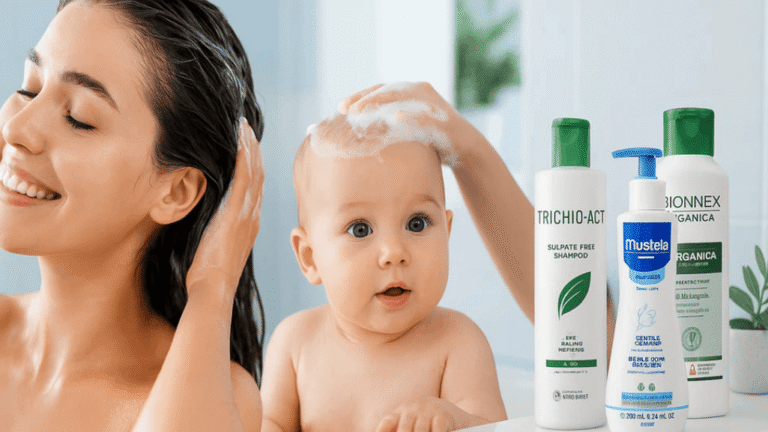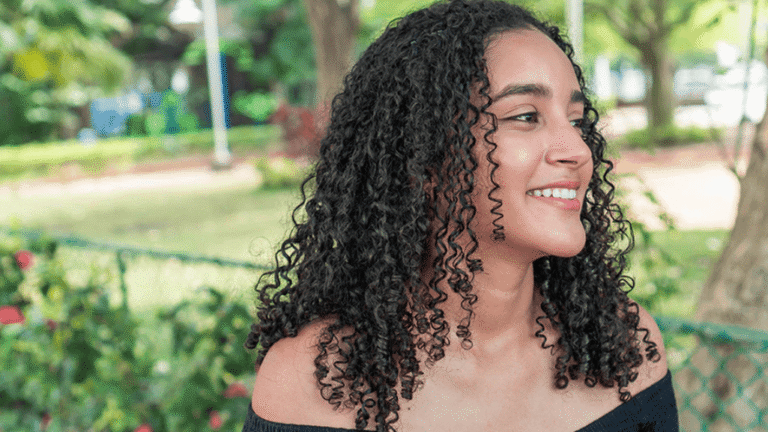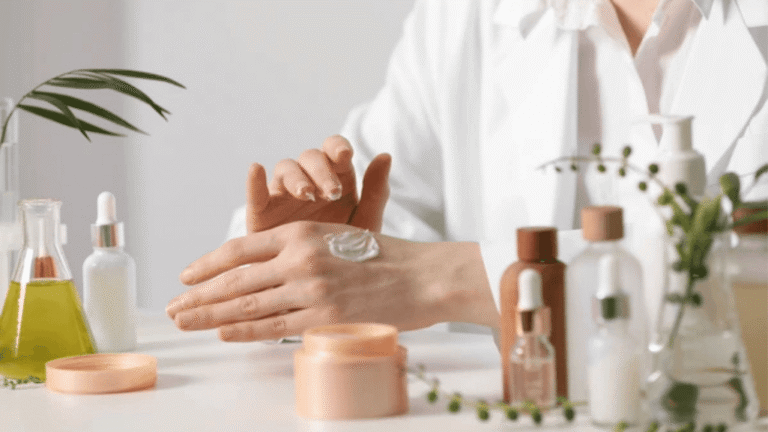Chemically treated hair needs targeted care to stay healthy, soft, and vibrant after a salon service. Whether you’ve colored, permed, relaxed, or otherwise altered your hair with a Chemically Treated Hair Care, a consistent post-treatment haircare routine and the right products will help reduce damage, extend color and texture results, and minimize split ends. Read on for salon-tested tips and product guidance to keep your chemically treated locks looking their best.
Key Takeaways:
- Prep and protect: prepare hair before a chemical service with deep conditioning and avoid harsh clarifiers immediately beforehand.
- Use targeted products: choose shampoos, conditioners, leave-in products and masks formulated for chemically treated hair to restore moisture and improve hair health.
- Protect and maintain: minimize heat styling, shield hair from sun and chlorine, and follow a simple weekly routine to keep results longer and reduce damage.
Types of Chemical Treatments and Their Effects on Hair
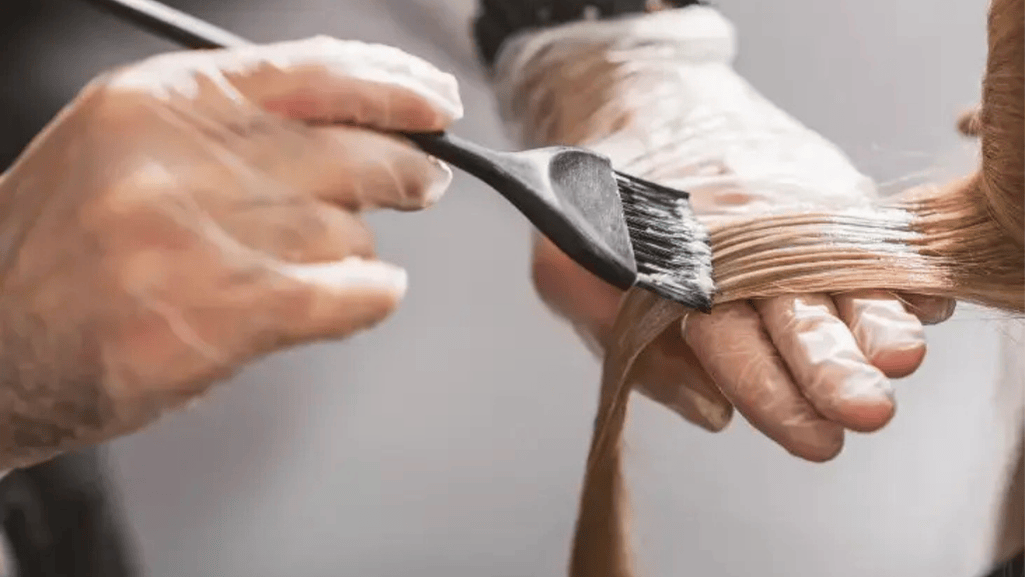 Chemical treatments deliver dramatic changes in texture, shape or color, but their effects on the hair shaft differ. Below are two common categories and what to expect — plus a quick note on damage variability so you can make informed choices with your stylist.
Chemical treatments deliver dramatic changes in texture, shape or color, but their effects on the hair shaft differ. Below are two common categories and what to expect — plus a quick note on damage variability so you can make informed choices with your stylist.
Perms
Perms reshape the hair’s bonds to create waves or curls, adding texture and body that can make limp hair look fuller. Results last months but not always “forever” — longevity depends on your hair type and aftercare. Because perming opens and reforms bonds, it can increase porosity and make hair more prone to dryness and split ends. Recommendation: schedule deep conditioning treatments, and if your hair is already porous or fragile, ask your stylist for a gentler formula or a patch test.
Relaxers
Relaxers chemically soften and straighten curls by temporarily breaking some of the hair’s internal bonds so it can be reshaped. The trade-off is potential weakening of the shaft — overprocessing or applying relaxers to already-damaged hair raises the risk of breakage or thinning. Best practice: deep condition before and after service, use gentle handling, and space out chemical appointments to let hair recover.
A note on variability: how much a treatment affects your hair depends on product strength, application time, and your hair’s porosity and history of previous treatments. If your hair is highly porous or has prior color or heat damage, ask your stylist to choose gentler ingredients or to stagger services (for example, delay perming if you recently lightened hair).
| Chemical TreatmentEffects on Hair | |
| Perms | Adds texture and body to limp hair |
| Relaxers | Straightens and manages unruly curls or waves |
Prepping Your Hair for Chemical Treatments: Dos and Don’ts
Preparing your hair before a chemical service improves results and reduces risk. Follow these simple, actionable dos and don’ts — with timing and product examples — so your treated hair is ready for processing.
Dos (what to do and when)
- Deep condition 1–2 weeks before: schedule a deep-conditioning treatment (protein or moisture mask depending on your hair’s needs) to reduce breakage during processing and boost moisture.
- Use gentle, sulfate-free shampoos: wash with a mild formula 24–72 hours before your appointment to keep natural oils that protect the scalp and hair shaft; avoid clarifying shampoos right before a service.
- Check porosity and history: tell your stylist about recent color, heat, or chemical treatments — high porosity or prior lightening may mean using milder formulas or spacing services.
- Use protective oils sparingly: a light natural oil like coconut oil can help on lengths a few days before treatment, but avoid heavy buildup on the roots the day of.
Don’ts (what to avoid and when)
- Avoid clarifying shampoos within 48–72 hours: clarifiers strip oils and moisture that can protect hair during processing; save them for after you’ve recovered from the chemical service.
- Don’t overload with styling products the day of: gels, mousses and heavy sprays can create a barrier, making treatments less effective or causing uneven results.
- Avoid overlapping strong treatments: don’t apply a new strong chemical (e.g., lightener then relaxer) without consulting your stylist — spacing treatments reduces risk of loss or breakage.
Following these targeted dos and don’ts — and asking your stylist for product and timing guidance — prepares your hair for safer chemical processing and better long-term results. Continue reading for post-treatment routines and product recommendations to maintain moisture, repair damage, and extend your treatment benefits.
Chemically Treated Hair Care
After a chemical service, your routine should focus on restoring moisture, repairing weakened bonds, and protecting hair from future damage. Below is a practical, easy-to-follow post-treatment program you can adapt to your hair type and goals.
Quick Routine — Daily, Weekly, Monthly
- Daily: use a gentle, sulfate-free shampoo and a hydrating conditioner formulated for chemically treated hair. Apply a lightweight leave-in conditioner or serum to damp lengths to lock in moisture and reduce frizz.
- Weekly: alternate a deep conditioning (moisture) mask with a lighter protein treatment if your hair is weakened — masks once a week (1–2x for very dry/damaged hair) help repair and soften strands.
- Monthly: evaluate split ends and trim as needed; schedule a professional bond-repair service or in-salon mask if you’ve had multiple chemical services.
1. Choose the Right Products
Products matter: look for formulas labeled for color-treated or chemically treated hair that emphasize moisture and repairing ingredients. Examples: a sulfate-free shampoo, a reparative conditioner, a weekly hair mask (moisture or protein depending on need), and a lightweight serum or oil for ends. If you like natural options, a small amount of coconut oil can be applied to lengths (not scalp) before a deep mask — but avoid heavy oils at the root.
2. Minimize Heat Styling
Heat tools accelerate damage on chemically altered hair. Limit blow dryers, straighteners, and curling irons; when you must use them, apply a thermal protectant spray and use the lowest effective setting. Embracing your natural texture reduces daily stress on the shaft and supports long-term health.
3. Protect from Environmental Stressors
 Sun, chlorine, and pollution can fade color and dry treated hair. Use a UV protectant spray or hat in strong sun, rinse and apply a leave-in after swimming (chlorine strips moisture), and consider an occasional clarifying rinse followed by a deep mask to restore balance.
Sun, chlorine, and pollution can fade color and dry treated hair. Use a UV protectant spray or hat in strong sun, rinse and apply a leave-in after swimming (chlorine strips moisture), and consider an occasional clarifying rinse followed by a deep mask to restore balance.
4. Embrace Regular Hair Masks
A targeted hair mask once a week keeps chemically treated strands hydrated and helps repair damage. Choose moisture masks for dry hair and protein masks for visibly weak or stretchy hair — alternate if you need both. Apply from mid-length to ends and leave on per product directions for best results.
With the right products and a consistent maintenance plan — gentle shampoos, restorative conditioners, occasional trims, and masks — you can keep chemically treated hair soft, strong, and vibrant. If you’re unsure which products to choose, consult your stylist for recommendations based on your hair’s porosity and treatment history.
Conclusion
 Caring for chemically treated hair is a combination of smart prep, the right maintenance routine, and choosing products that restore moisture and strength. Understand the specific effects of your treatment, prepare your hair in the weeks beforehand, and follow a consistent post-treatment program to keep color, texture, and overall health looking its best.
Caring for chemically treated hair is a combination of smart prep, the right maintenance routine, and choosing products that restore moisture and strength. Understand the specific effects of your treatment, prepare your hair in the weeks beforehand, and follow a consistent post-treatment program to keep color, texture, and overall health looking its best.
- Prep: deep condition and avoid heavy clarifiers immediately before a service to reduce risk of damage.
- Maintain: use products made for chemically treated hair—sulfate-free shampoos, reparative conditioners, leave-in conditioners and serums to lock in moisture.
- Protect: minimize heat styling, shield hair from sun and chlorine, and use weekly hair masks to repair and prevent split ends.
A realistic expectation: these steps improve manageability, extend treatment results, and help repair moderate damage — but they don’t always fully reverse severe chemical overprocessing. If you’re unsure which products to pick or how often to treat your hair, book a consultation with your stylist for tailored advice and a timeline to see improvement (often noticeable in 4–8 weeks with consistent care).
Include these post-chemical treatment haircare essentials in your routine — leave-in conditioners, serums, and targeted hair masks — to keep your locks soft, manageable, and beautiful. Ready to start? Try a weekly mask this week and schedule a trim to remove split ends for an immediate improvement in appearance.
Minimize excessive heat styling and protect your hair from environmental stressors to prevent further damage. By embracing your hair’s natural texture and avoiding excessive heat, you can maintain the health of your chemically treated locks for years to come.
Remember, a proper haircare routine is essential for maintaining the health and beauty of chemically treated hair. By incorporating these post-chemical treatment haircare essentials into your routine, you can confidently maintain vibrant and healthy hair.

